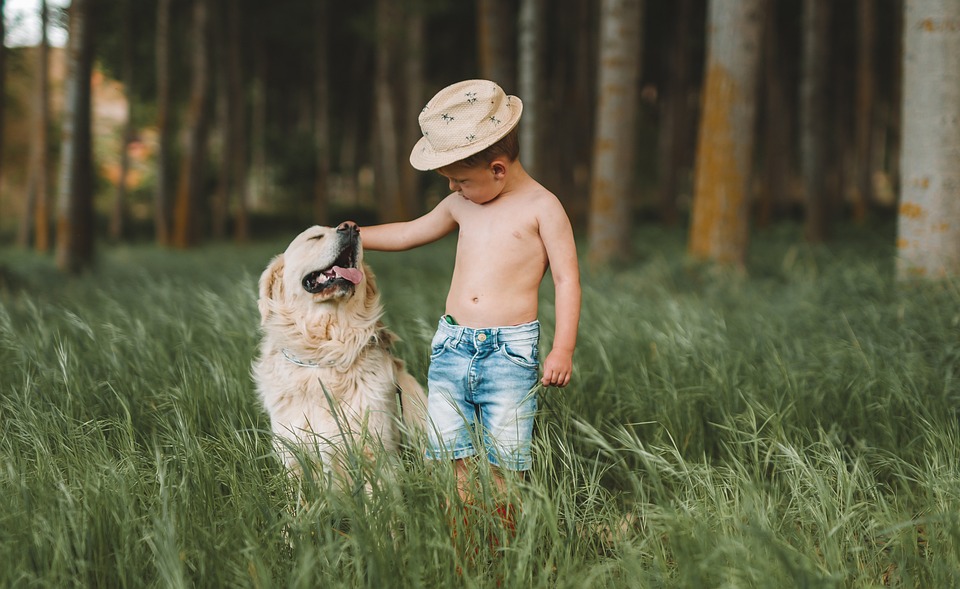Title: Training for Polite Behavior Around Cats or Other Small Pets: A Guide for Dog Owners
Introduction:
Welcoming a new pet into your home can be an exciting time, but it’s crucial to ensure a harmonious environment for everyone involved. If you have a dog and are introducing them to a cat or other small pets, training for polite behavior is essential. This article will provide you with practical tips and insights on how to train your dog to coexist peacefully with cats or other small pets. Additionally, we’ll address frequently asked questions to help you navigate this training process successfully.
1. Understanding Your Dog’s Behavior:
To effectively train your dog to behave politely around cats or small pets, it’s important to first understand your dog’s natural instincts and behavior. By recognizing their instincts, you can tailor your training approach accordingly. This section will cover:
1.1. Canine Instincts: Exploring the predatory instincts and pack mentality that dogs possess, which can influence their interactions with smaller animals.
1.2. Breed Considerations: Highlighting specific dog breeds that may have a higher prey drive and might require additional training or management.
2. Basic Training Foundations:
Before introducing your dog to cats or small pets, it’s crucial to establish a solid foundation of basic obedience training. This section will cover:
2.1. Recall Training: Teaching your dog to come when called consistently, providing you with better control in various situations.
2.2. leash Training: Mastering leash manners helps you manage your dog’s behavior around cats or small pets during walks or introductions.
3. Introducing Your Dog to Cats or Small Pets:
Proper introductions are key to ensuring a smooth transition when bringing a new pet into your home. This section will discuss:
3.1. Controlled Visual Introduction: Explaining how to safely introduce your dog to cats or small pets through controlled visual exposure, using baby gates or crates.
3.2. Scent Exchange: Outlining the importance of scent exchange in familiarizing your dog with the scent of cats or small pets before physical introductions.
3.3. Supervised Physical Interaction: Providing step-by-step guidance on how to introduce your dog to cats or small pets in a controlled environment while closely monitoring their behavior.
4. Positive Reinforcement Training:
Positive reinforcement techniques are highly effective in shaping polite behavior. This section will focus on:
4.1. Reward-Based Training: Explaining the importance of rewarding desired behavior and reinforcing positive associations between your dog and cats or small pets.
4.2. Clicker Training: Introducing clicker training as a powerful tool for marking desired behaviors and facilitating effective communication with your dog.
FAQs:
Q1. How long will it take to train my dog to behave politely around cats or small pets?
Q2. Can I train an older dog to coexist peacefully with cats or small pets?
Q3. My dog has a strong prey drive. Can training still help them coexist with cats or small pets?
Q4. Are there any specific training techniques for dogs with a history of aggression towards cats or small pets?
Q5. What should I do if my dog and cat/small pet don’t get along despite training efforts?
Conclusion:
With the right training approach and consistent effort, you can help your dog develop polite behavior around cats or small pets. Remember to be patient, use positive reinforcement techniques, and seek professional help if needed. By investing time and energy into training, you can create a harmonious and safe environment for all your furry companions.









